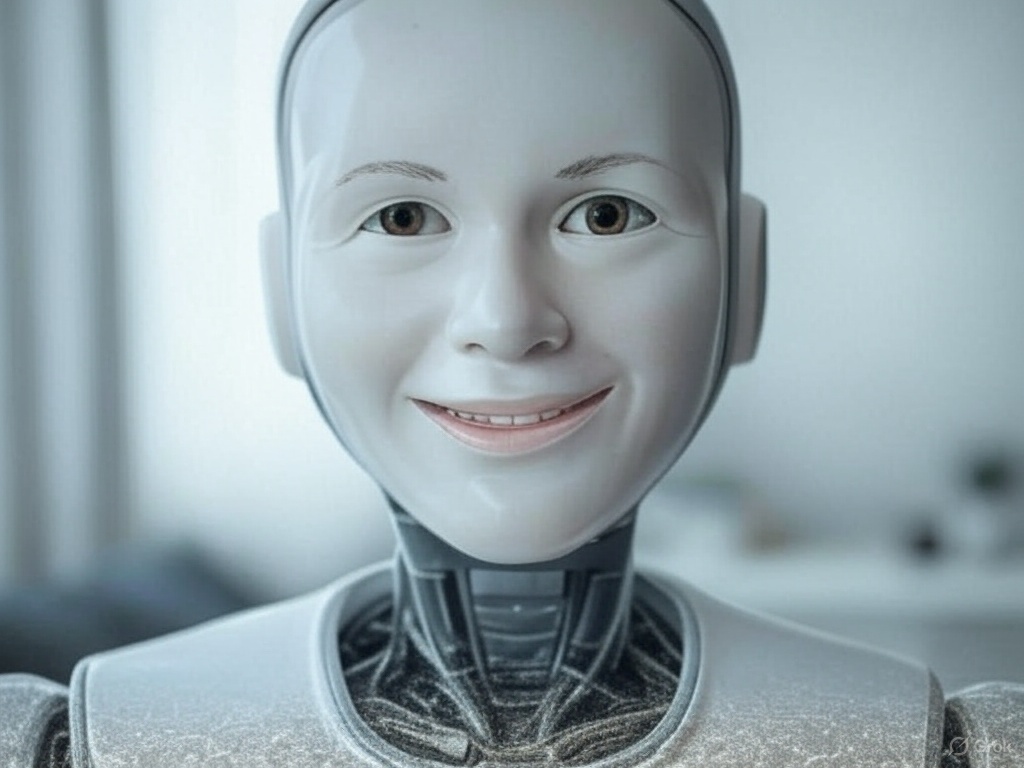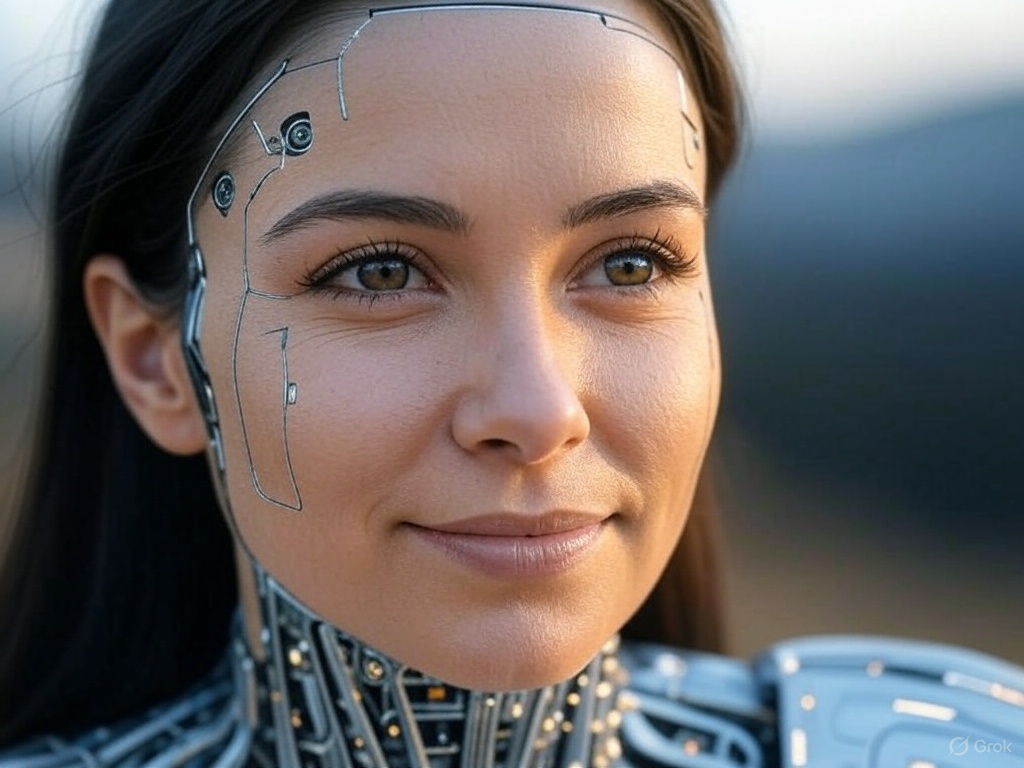Hello!
 The age of humanoid robots has taken a chillingly realistic turn. Videos circulating online reveal the creation of hyper-realistic silicone masks designed to give AI-powered robots human-like faces.
The age of humanoid robots has taken a chillingly realistic turn. Videos circulating online reveal the creation of hyper-realistic silicone masks designed to give AI-powered robots human-like faces.
These aren’t just props—they’re engineered to mimic human expressions, muscle movements, and even subtle emotional cues. The result? Robots that don’t just function but look and feel eerily human.
Crafting the Uncanny: The Science of Synthetic Skin
 Gone are the days of clunky, expressionless robots. Today’s humanoid masks are made from pliable silicone, meticulously crafted to replicate the texture and elasticity of human skin. Every detail—pores, fine lines, even a slight flush—is accounted for. But the real magic lies in the mechanics.
Gone are the days of clunky, expressionless robots. Today’s humanoid masks are made from pliable silicone, meticulously crafted to replicate the texture and elasticity of human skin. Every detail—pores, fine lines, even a slight flush—is accounted for. But the real magic lies in the mechanics.
Tiny actuators embedded within the masks enable micro-movements, allowing robots to smile, frown, or raise an eyebrow with startling authenticity.
The creation process is a blend of artistry and engineering. It begins with 3D modeling to map the human face’s anatomy, followed by silicone casting in precise molds.
Artisans then hand-finish each mask, adding imperfections that make the result more lifelike. Integrated with advanced AI, these masks sync facial movements with speech and context, enabling real-time emotional expression. The effect is so convincing it blurs the line between machine and human.
Why Give Robots Human Faces?
 The push for human-like robots stems from psychology: we trust and connect with what feels familiar. Robots with realistic faces could revolutionize industries like healthcare, eldercare, and education, where empathy is key. Imagine a robot nurse that not only administers medication but offers a comforting smile.
The push for human-like robots stems from psychology: we trust and connect with what feels familiar. Robots with realistic faces could revolutionize industries like healthcare, eldercare, and education, where empathy is key. Imagine a robot nurse that not only administers medication but offers a comforting smile.
Beyond caregiving, these robots could star in entertainment, serve as brand ambassadors, or even act as digital doubles for individuals.
Yet, the implications are as unsettling as they are exciting. As robots become indistinguishable from humans, ethical questions arise. How do we define identity when machines can mimic us so closely? Could these technologies be misused to deceive or manipulate?
Also read: Kawasaki Unveils Corleo: A Hydrogen-Powered Robotic Horse Concept
A Glimpse into the Future
The rise of hyper-realistic humanoid robots marks a pivotal moment in AI development. While the technology promises to enhance human-robot interactions, it also challenges our understanding of what it means to be human. As these machines don their silicone skin, one thing is clear: the future is both thrilling and unnervingly close.
Thank you!
Subscribe to our newsletter! Join us on social networks!
See you!






